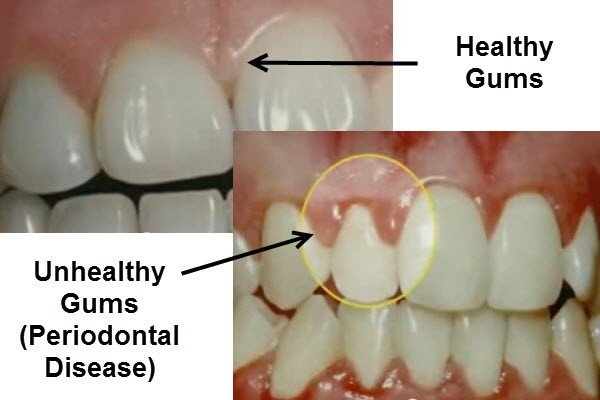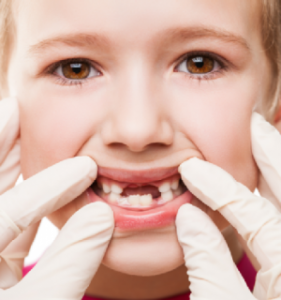- Post author:Dr. Gurpreet Gill
- Post published:August 19, 2015
- Post category:Dental Hygiene/Dental Care in Calgary/Dental Services/Emergency Dental Care
Natural Remedies for Dry Mouth
Dry mouth, known medically as Xerostomia, is one of the main causes of halitosis (or bad breath). Dry mouth can be caused by a number of medical conditions. Most of these conditions are nonlife-threatening, making dry mouth more of a nuisance than anything else.
To minimize dry mouth:
-
Drink water frequently to keep your mouth moist and loosen mucus. Carry water with you to sip throughout the day and keep water by your bed at night.
-
Suck on sugar-free hard candies, ice chips, or sugar-free popsicles. Chew sugarless gum (gums containing xylitol). These sucking and chewing actions help stimulate saliva flow.
-
Moisten foods with broths, soups, sauces, gravy, creams, and butter or margarine. Eat soft, moist foods that are cool or at room temperature.
-
Avoid commercial mouth rinses or mouthwashes that contain alcohol or peroxide. These ingredients may further dry out your mouth.
-
Avoid salty foods, dry foods (for example, crackers, toast, cookies, dry breads, dry meats/poultry/fish, dried fruit, bananas) and foods and beverages with high sugar content.
-
Avoid drinks containing alcohol or caffeine. Alcohol increases water loss by triggering frequent urination. Alcohol, as well as caffeine, also dries out the mouth. Also avoid acidic beverages, such as any fruit juices.
-
To prevent or treat dry mouth, you can protect your teeth by brushing with fluoridated toothpaste and scheduling regular dental checkups. Oral cavities can lead to the growth of unhealthy bacteria, which eventually leads to dry mouth and bad breath.







